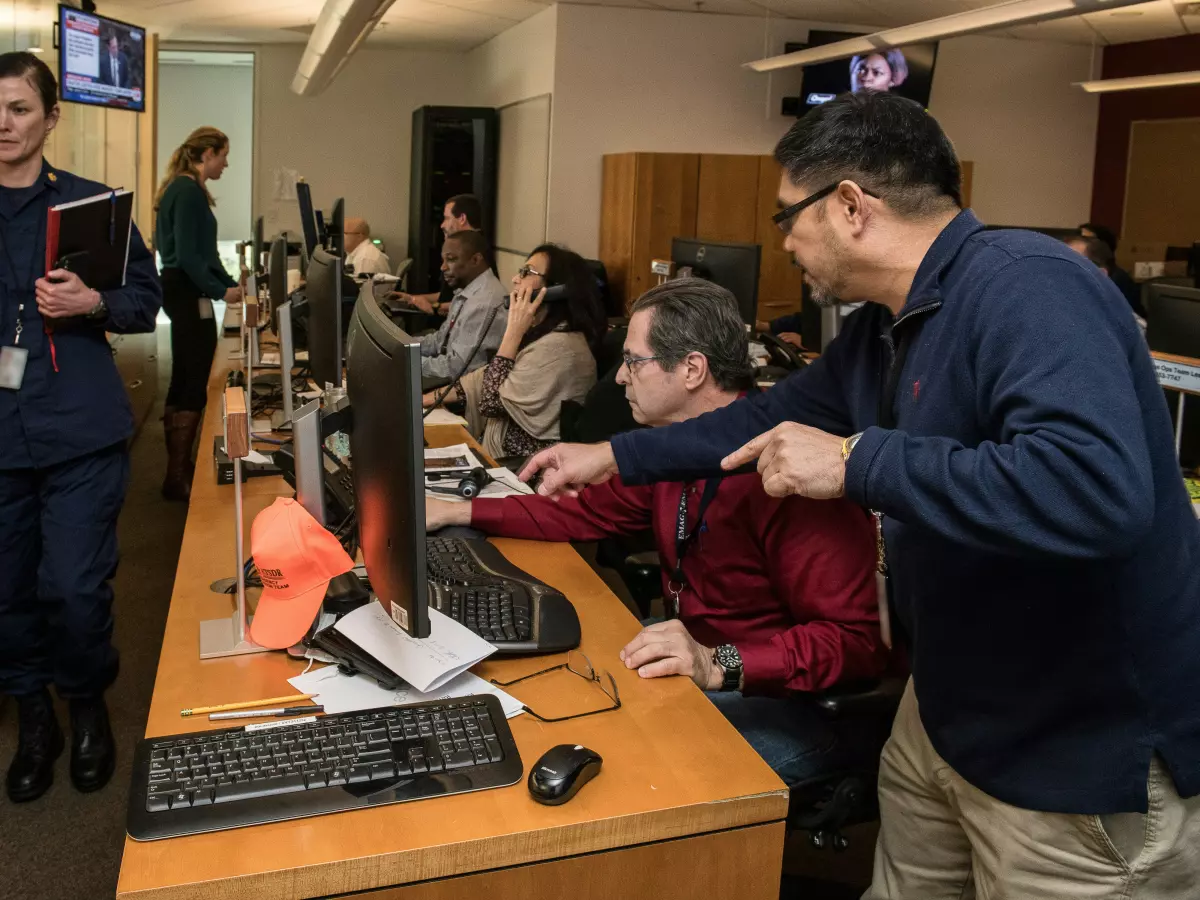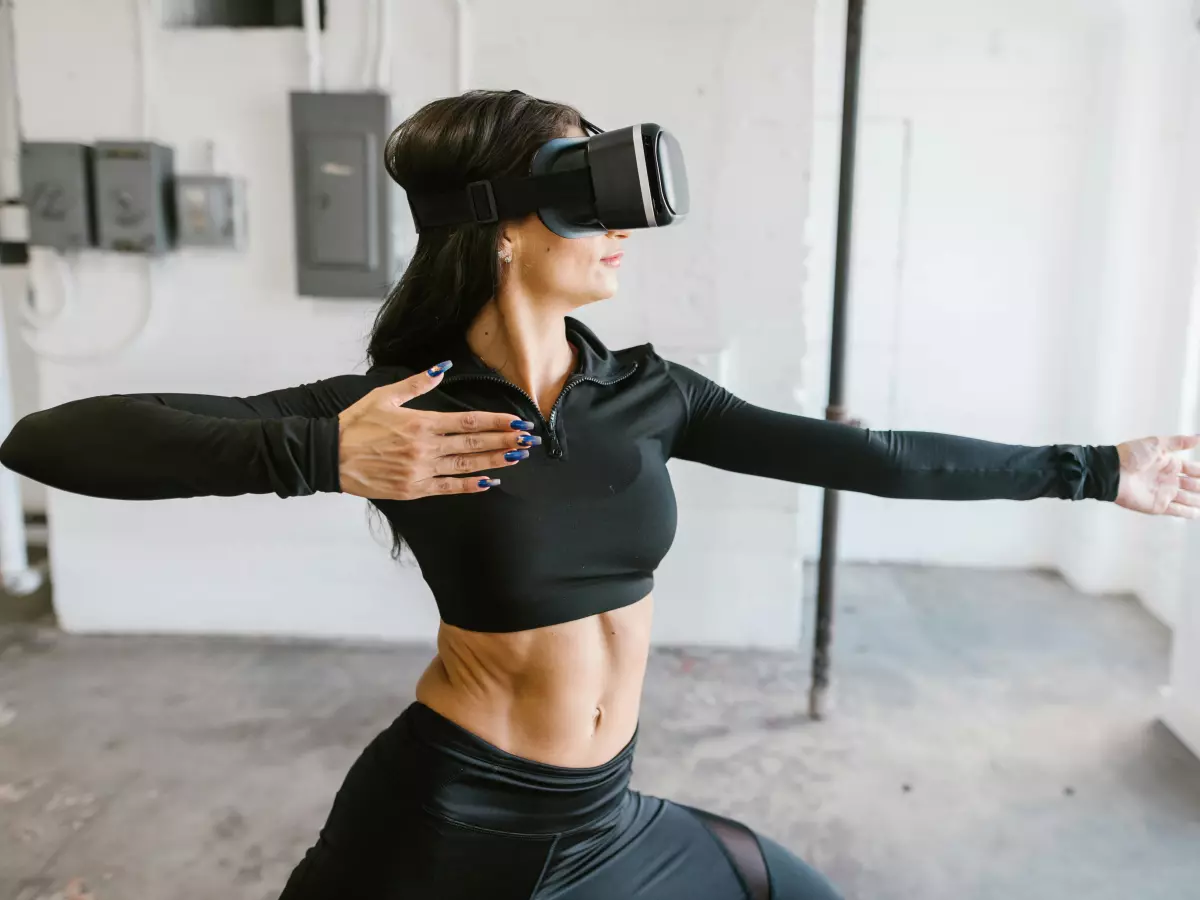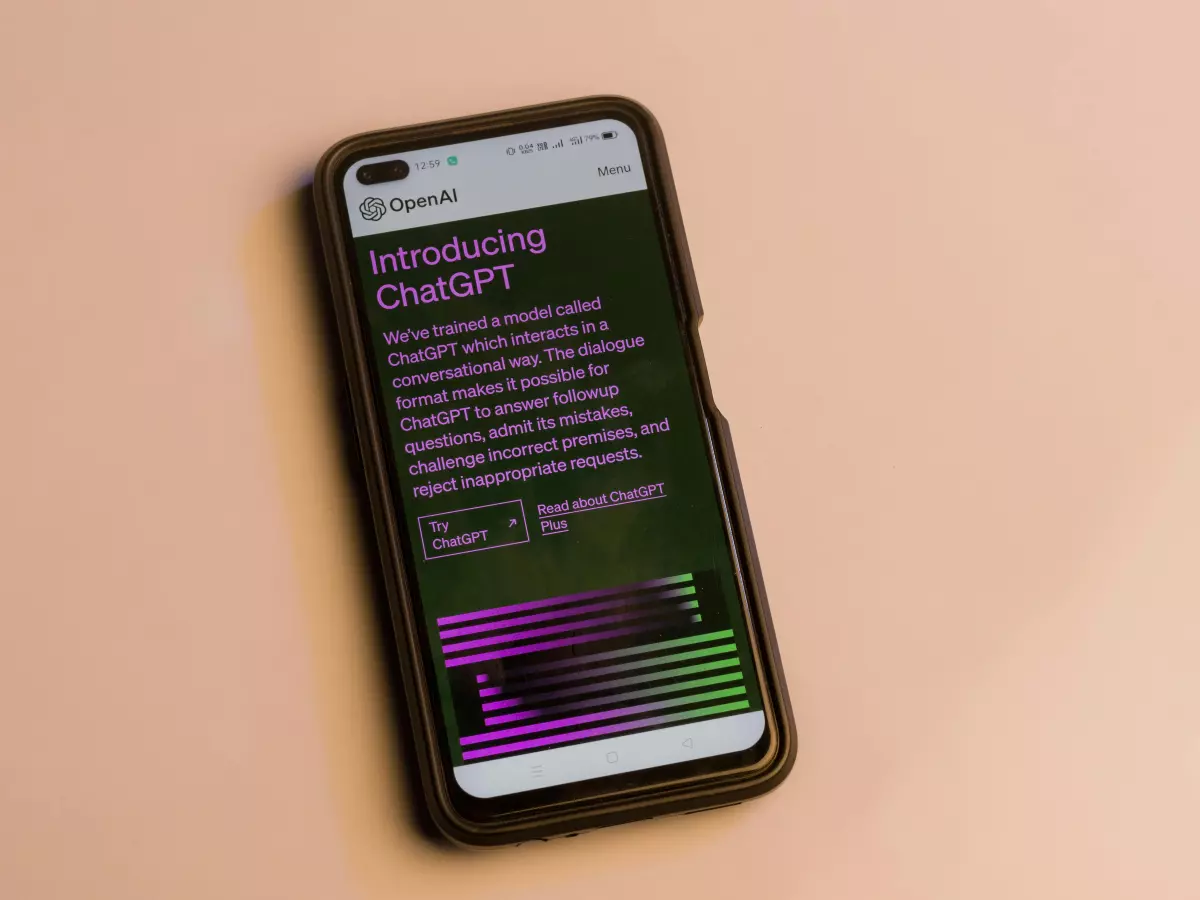AI's Classroom Invasion
Imagine ChatGPT as the new kid in school, shaking up the classroom, while textbooks sit in the corner, gathering dust. It's a battle of the old guard vs the new tech wizard.

By Liam O'Connor
In a world where AI is creeping into every nook and cranny of our lives, it’s no surprise that students are turning to tools like ChatGPT for their academic needs. According to Data News, a whopping four out of five students are now regularly using ChatGPT to help with their studies. But here’s the kicker: despite the AI chatbot’s growing popularity, three-quarters of students still rely on traditional study materials like textbooks and digital resources. So, what’s going on here? Is ChatGPT really the future of education, or just a flashy sidekick?
Let’s break it down. ChatGPT is like having a super-smart friend who’s always available to help you with your homework. Need a quick explanation of quantum physics? ChatGPT’s got your back. Struggling with an essay? It can whip up a draft in seconds. The convenience is undeniable, and for students juggling multiple subjects, extracurriculars, and social lives, it’s a game-changer.
But here’s the catch: while ChatGPT can provide quick answers, it’s not always the most reliable source of information. It’s like that friend who’s great at giving advice but sometimes gets the details wrong. AI, after all, is only as good as the data it’s trained on, and it can sometimes spit out inaccuracies or biased content. That’s why many students still see value in good old-fashioned textbooks and digital study materials. These sources are vetted, reliable, and provide a deeper understanding of complex topics.
So, why are students still clinging to traditional study methods? Well, it’s all about depth. ChatGPT can give you a surface-level understanding of a topic, but if you really want to dive deep, you’re going to need something more substantial. Think of it like this: ChatGPT is a fast-food meal—quick, easy, and satisfying in the moment. But textbooks? They’re the slow-cooked, home-cooked meal that leaves you feeling full and nourished for the long haul.
Another factor at play is the learning experience itself. Reading from a textbook or engaging with digital study materials requires active participation. You’re not just consuming information; you’re processing it, taking notes, and making connections. With ChatGPT, it’s tempting to become a passive learner, simply absorbing information without truly engaging with it. And that’s where the danger lies.
As AI continues to evolve, the question isn’t whether ChatGPT will replace traditional study methods, but how students can strike a balance between the two. AI tools like ChatGPT can be incredibly helpful for quick research, brainstorming, or getting unstuck on a tricky problem. But for deep learning, critical thinking, and long-term retention, traditional study methods still reign supreme.
In the end, it’s not about choosing sides. It’s about using the right tool for the right job. ChatGPT is a fantastic resource, but it’s not a replacement for textbooks, lectures, or hands-on learning. The key is to use AI as a supplement, not a substitute.
As one student put it, “ChatGPT is great for getting started, but when it comes to really understanding a topic, I still turn to my textbooks.”





